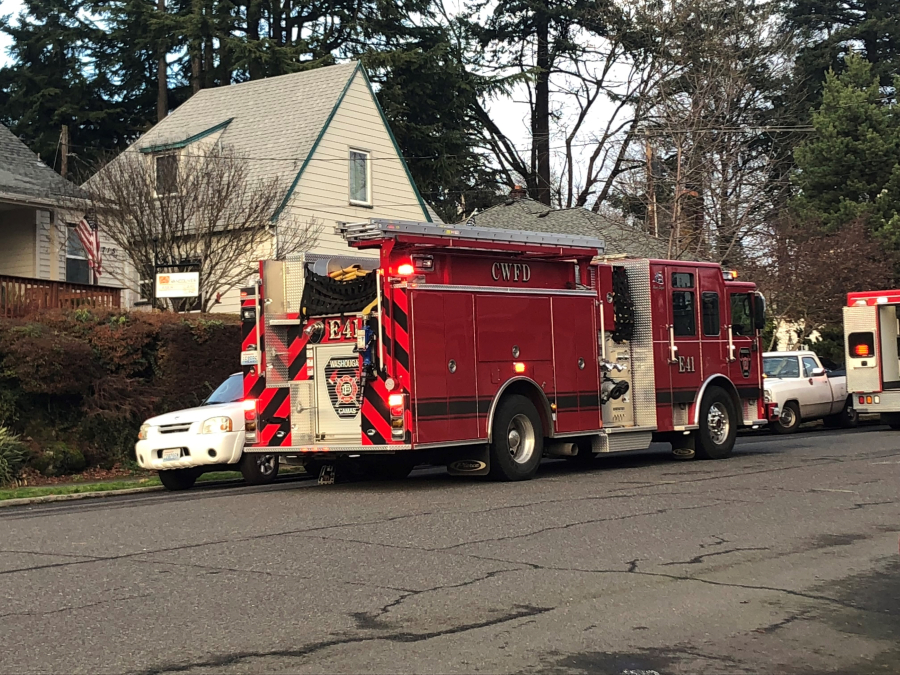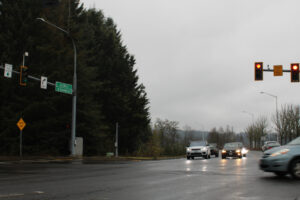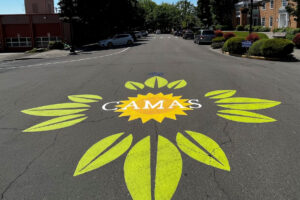The Camas City Council this week signaled its willingness to increase the city’s fire impact fees developers pay to help cover residential and non-residential developments’ future strain on the Camas-Washougal Fire Department.
Although the Council is leaning toward bonds to fund the replacement of two CWFD fire stations — station 41 in downtown Camas and station 43 in Washougal — fire department officials and consultants have also said the department has critical fire apparatus needs that could be partially funded by impact fees placed on new development.
“Our fire department apparatus is failing,” CWFD Fire Marshal Ron Schumacher told the Council in April, adding that, with the Council’s adoption of the fire department’s 20-year capital facilities plan — something the Council approved in April and again this week during Monday’s regular Council meeting — “fire impact fees would become available to replace our aging fleet.”
The Camas Council will hold a public hearing at its regular meeting Nov. 21, to consider adopting a new fire impact fee schedule.
On Monday, the majority of the Council indicated support for a unified fee between the cities of Camas and Washougal, and increasing the impact fees, which would take effect in 2024, from Camas’ current fee structure — 20 cents per square foot for new residential developments and 40 cents per square foot for new, non-residential developments — to 68 cents per square foot for single-family residential developments, 37 cents per square foot for multi-family residential developments and 88 cents per square foot for all other developments, including commercial and industrial buildings as well as assisted living centers, which have more service calls to the CWFD than other developments.




